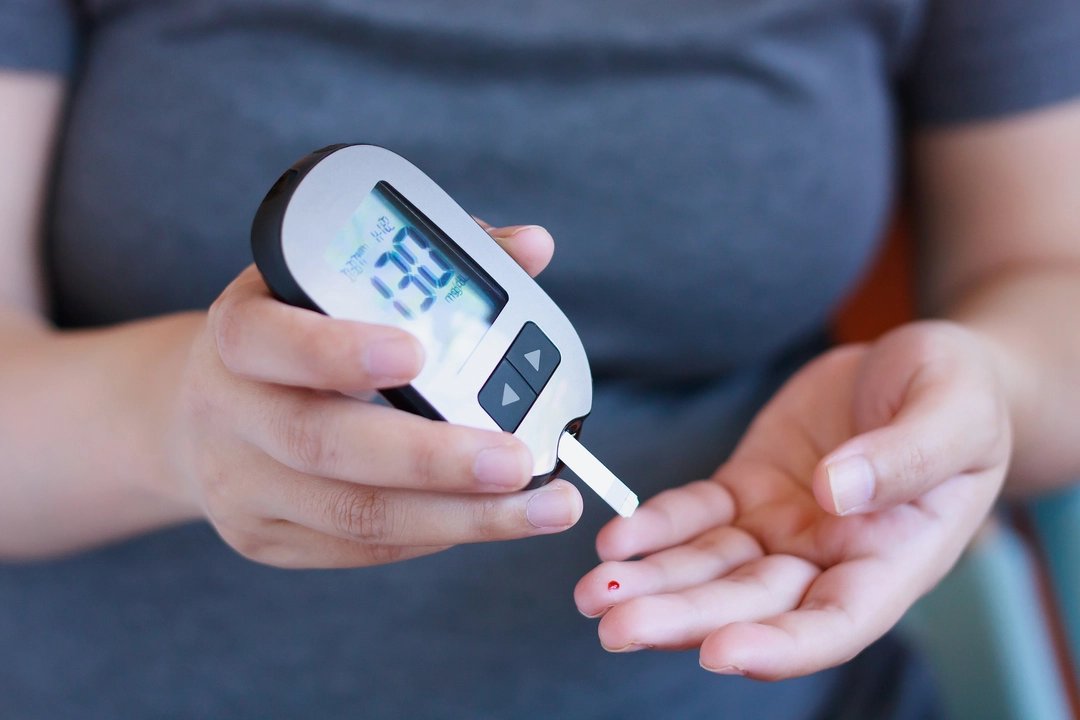Understanding Blood Sugar Levels: Why They Matter and How to Keep Them Steady
If you’ve ever seen a number like 90 mg/dL on a glucose meter, you’ve already met blood sugar levels. Those numbers show how much glucose is floating in your bloodstream at any moment. Glucose is the fuel your body uses for energy, so keeping it in a healthy range helps you feel good and avoid health problems.
Normal fasting blood sugar usually lands between 70 and 99 mg/dL. After a meal, it can climb higher—up to about 140 mg/dL—and then should come back down within a few hours. When those numbers stay too high or dip too low for long periods, you risk issues like diabetes, fatigue, headaches, or even more serious complications.
Spotting High Blood Sugar (Hyperglycemia)
High blood sugar shows up as thirst, frequent bathroom trips, blurry vision, or a feeling of heaviness. If you notice these signs often, it’s time to check your levels with a meter or ask a doctor for a lab test. Simple changes can bring numbers down: eat balanced meals with protein and fiber, move around after eating, and stay hydrated.
Carb-heavy snacks and sugary drinks are the usual suspects for spikes. Swapping a soda for water or choosing whole fruit instead of candy can cut those spikes dramatically. Even small adjustments—like adding a handful of nuts to breakfast—help slow glucose absorption and keep you steadier.
Avoiding Low Blood Sugar (Hypoglycemia)
Low blood sugar feels like shakiness, sweating, or sudden fatigue. It often hits when you skip meals, over‑exercise, or take certain diabetes meds without enough food. To prevent it, aim for regular eating times and include a mix of carbs, protein, and healthy fats in each snack.
Keep quick‑acting carbs on hand—like glucose tablets, fruit juice, or a banana. If you feel the dip coming, a small bite can bring your numbers back up fast. Monitoring before and after workouts also helps you spot patterns and adjust food intake accordingly.
Beyond diet, staying active matters. Regular walking, light jogging, or even household chores improve insulin sensitivity, meaning your body uses glucose more efficiently. Aim for at least 150 minutes of moderate activity each week; break it into short sessions if that fits better with your schedule.
Stress and sleep also play hidden roles. High stress releases hormones that push blood sugar up, while poor sleep can mess with hormone balance and lead to both highs and lows. Simple habits—like a 10‑minute breathing exercise or sticking to a consistent bedtime—can make a noticeable difference.
If you have diabetes, keep your glucose meter close and log readings. Patterns often reveal triggers you might miss, like a particular breakfast cereal or an evening snack that’s too sugary. Over time, those logs become a roadmap for better choices.
Remember, blood sugar isn’t something you control once and forget. It’s a daily dance of food, activity, stress, and sleep. By paying attention to the numbers, making small meal tweaks, staying active, and managing stress, you give your body the best chance to stay in the sweet spot.



